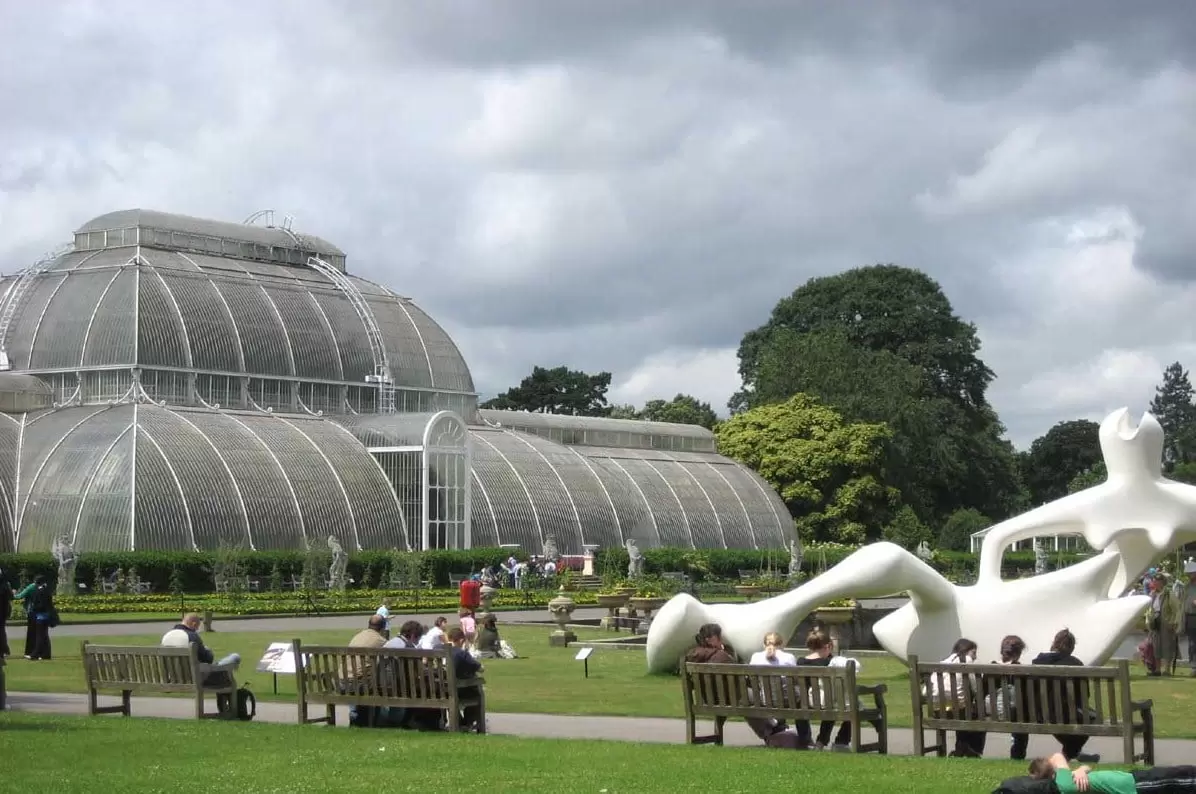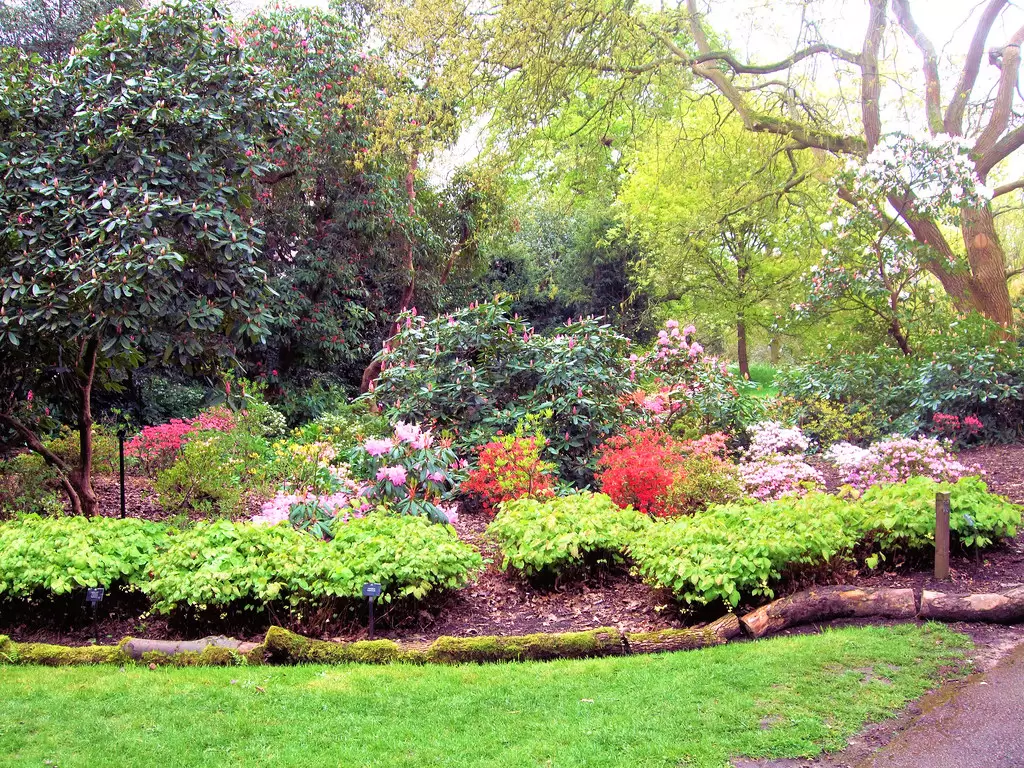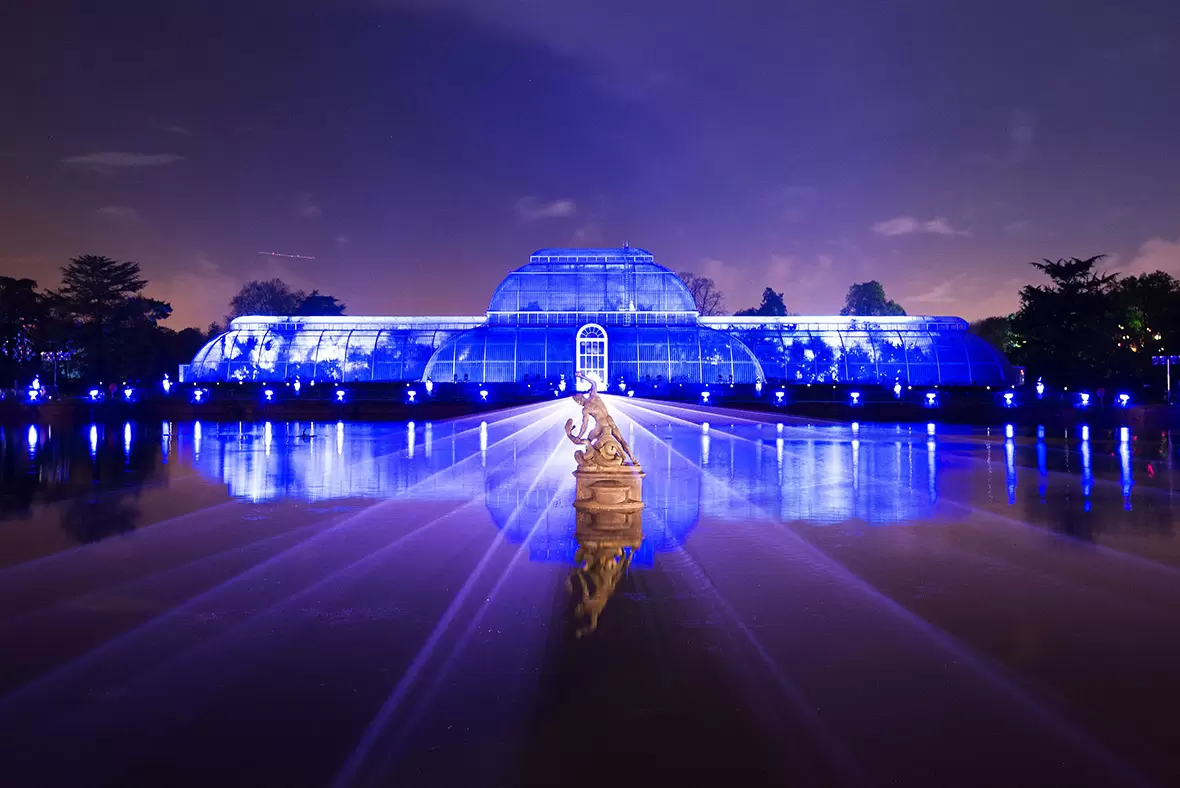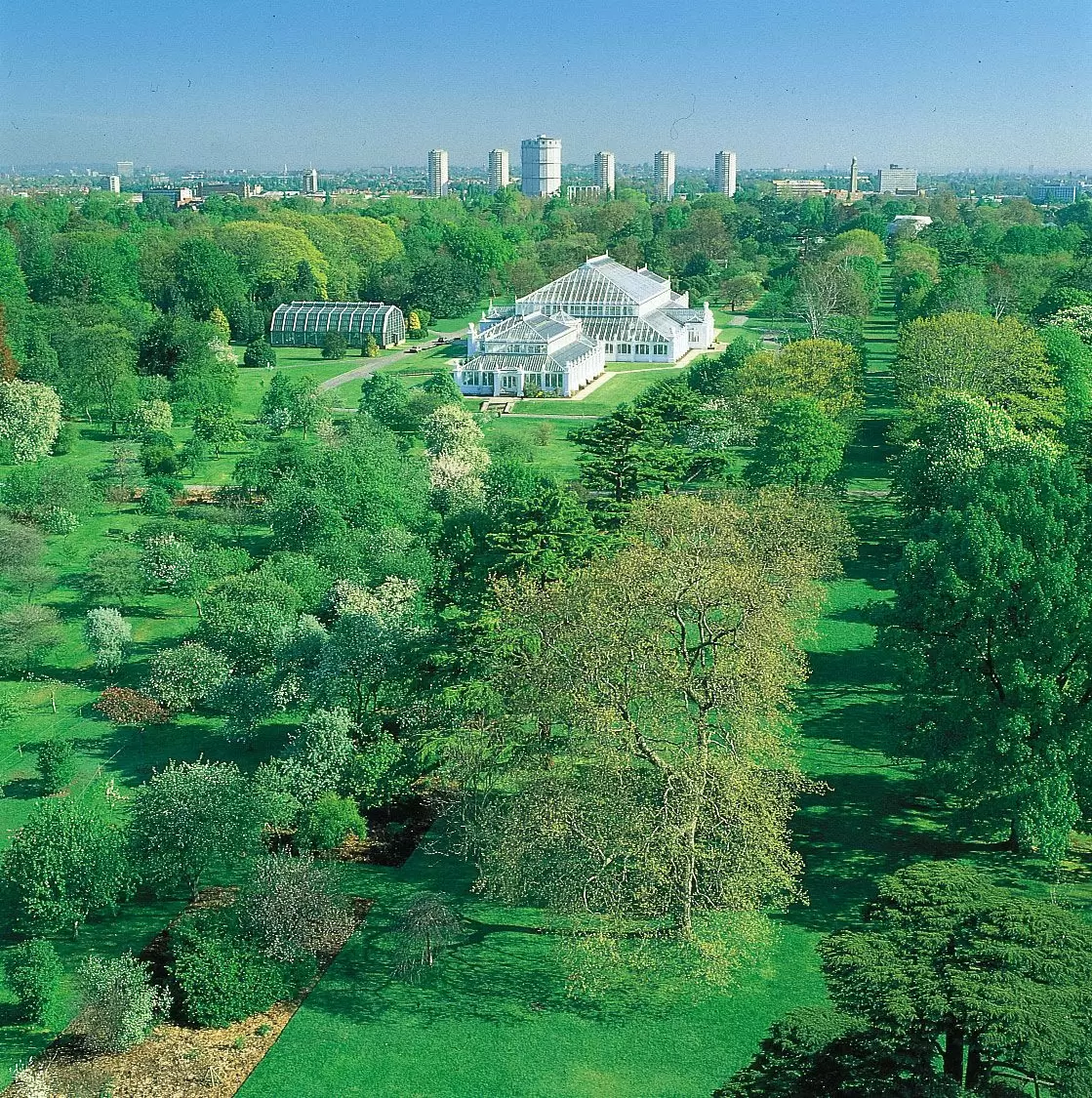Kew Gardens is a world-renowned botanical garden located in the capital of England, London. Established in the 18th century, this garden now covers an area of 121 hectares and is home to over 50,000 plant species. Kew Gardens also has one of the world's largest plant collections and is an important center for botanical research.
The garden contains tropical forests, desert plants, aquatic plants, palms, and many other plant species. In addition, there are many greenhouses in the garden where special plant species such as tropical plants, orchids, and cacti are grown.
Kew Gardens is not only known for its plant diversity but also for its historical buildings and architecture. The garden has historical buildings such as the Royal Greenhouses and the Palm House, which were built in the 18th century.
Kew Gardens offers many activities and events for visitors. Activities such as walking in the garden, having a picnic, visiting the greenhouses, and learning about the botanical garden can be done.
Kew Gardens is a leading botanical garden worldwide and offers a unique experience for visitors.
Kew Gardens: The World's Largest Botanical Garden

Kew Gardens is one of the largest botanical gardens in the world, located in southwest London. Established as the Royal Botanic Garden in 1759, Kew Gardens now covers an area of 121 hectares and is home to over 50,000 plant species.
Kew Gardens is an important center for botanical research and plant conservation efforts. Many of the plants in the garden are rare or endangered species from around the world. Therefore, Kew Gardens plays an important role in the conservation and sustainability of plant species.
The garden also features different plant habitats such as tropical forests, desert areas, aquatic plants, and English gardens. Kew Gardens offers visitors the opportunity to explore the beauty of natural life. The garden also has many different activity areas such as greenhouses, museums, galleries, and restaurants.
Kew Gardens is not only important for the conservation and research of plant species, but also for the education and awareness of visitors. Events, workshops, and tours held in the garden help visitors learn more about natural life.
In conclusion, Kew Gardens has a special place among botanical gardens worldwide. The garden, which plays an important role in the conservation and sustainability of plant species, is also a wonderful place to explore and learn about the beauty of natural life. Kew Gardens offers visitors an unforgettable experience and continues to raise awareness for the conservation of natural life.
Kew Gardens: An Escape Point in the Heart of Nature
Kew Gardens is one of the world's most famous botanical gardens located in southwest London. Established in the 18th century, these gardens serve as an escape into natural life.
Kew Gardens covers an area of 121 hectares and is home to over 50,000 plant species. These plants include rare species, endemic plants, and tropical plants. Additionally, there are many greenhouses in the gardens where tropical plants, flowers, and rare plant species are grown.
Kew Gardens is not only a habitat for plants but also for animals. The gardens are home to many living species such as birds, butterflies, bees, and other insects. Additionally, rabbits, squirrels, and other small mammals also live in the gardens.
Kew Gardens is important not only for the preservation of natural life but also for people to connect with nature. The gardens offer visitors the opportunity to discover and learn about the beauty of natural life. Additionally, events held in the gardens create awareness about the preservation and sustainability of natural life.
In conclusion, Kew Gardens is a place of escape into natural life and one of the world's most famous botanical gardens. The gardens are important for the preservation of rare plant species, the sustainability of natural life, and for people to connect with nature. Kew Gardens offers visitors the opportunity to discover and learn about the beauty of natural life.
Kew Gardens: Journey to the Mysterious World of Plants

Kew Gardens is a place located in the southwest of London and is considered one of the largest botanical gardens in the world. These gardens, established in the 18th century, offer a unique experience for those who want to journey into the mysterious world of plants.
Kew Gardens covers an area of 121 hectares and is home to more than 50,000 plant species, including rare and endangered ones. The gardens also have many greenhouses and special gardens. For example, the Palm House greenhouse is home to the world's largest palm collection. Additionally, the Waterlily House greenhouse has the world's largest collection of water lilies.
Kew Gardens not only showcases the beauty of plants but also emphasizes their importance. The gardens highlight the benefits that plants provide for humans and the importance of preserving the natural environment. Furthermore, many research and conservation programs are carried out in the gardens.
Kew Gardens offers visitors many options for activities and tours. You can take a walk in the gardens, explore the greenhouses, discover the special gardens, and examine the plant collections. Additionally, there are special events and exhibitions held in the gardens.
Kew Gardens offers a unique experience for those who want to journey into the mysterious world of plants. While highlighting the beauty and importance of nature, these gardens are also an important center for the preservation and research of plants.
Kew Gardens: A Garden Highlighted by Its Historical and Cultural Values

Kew Gardens is a garden located in the capital of England, London, and stands out with its historical and cultural values. The garden, founded by King George III in 1759, is now considered one of the world's most important botanical gardens.
Kew Gardens covers an area of 121 hectares and contains more than 50,000 plant species. The garden also includes many greenhouses, museums, galleries, and historical buildings. The most important of these are the Palm House, the Royal Orchid House, and the Princes of Wales Conservatory.
One of the most important features of the garden is that it hosts one of the world's largest plant collections. Kew Gardens is an important center for the conservation and research of plant species worldwide. In addition, research conducted in the garden contributes significantly to topics such as plant diversity, climate change, and biological diversity.
Kew Gardens also has great historical and cultural significance. Among the historical buildings in the garden are important structures such as the Royal Palace, the Royal Museum, and the Royal Library. In addition, many sculptures and works of art in the garden attract visitors' attention.
Kew Gardens hosts many events throughout the year. The blooming flowers in spring, concerts and exhibitions held in summer, colorful leaves in autumn, and Christmas events held in winter provide unforgettable memories for visitors to the garden.
In conclusion, Kew Gardens, with its historical and cultural values, is an important center for the conservation and research of plant diversity worldwide. The garden, which offers visitors the opportunity to discover the beauty of nature, is one of London's most important tourist attractions.
Kew Gardens: The Green Paradise in the City

Kew Gardens is a place located in the southwest of London and is considered one of the world's most famous botanical gardens. These gardens, established in the 18th century, cover an area of 121 hectares and are home to more than 50,000 plant species.
Kew Gardens offers visitors the opportunity to explore the beauty of nature. While walking in the gardens, you can see plants that grow in different climates. Tropical plants that grow in a hot and humid environment, desert plants that grow in a cold and dry environment, and many other plant species can be found in Kew Gardens.
In addition, there are many exhibition areas in the gardens, such as the Palm House, one of the world's largest glasshouses, and the Rainforest House, which resembles tropical forests. These exhibition areas provide visitors with information about how plants grow and develop.
Kew Gardens is not just a place where plants grow. It is also a historic place. The gardens were established as the Royal Botanic Gardens in the 18th century and have since hosted many important scientists and botanists.
Kew Gardens is known as a green paradise in the city. These gardens are an excellent escape for those who want to get away from the hustle and bustle of London. Here, while exploring the beauty of nature, you can get away from the stressful city life.
In conclusion, Kew Gardens is one of the world's most famous botanical gardens. It is home to thousands of plant species that grow in different climates. It is also a historic place that has hosted many important scientists and botanists. Kew Gardens is known as a green paradise in the city and is an excellent escape for those who want to get away from the hustle and bustle of London.

Comments